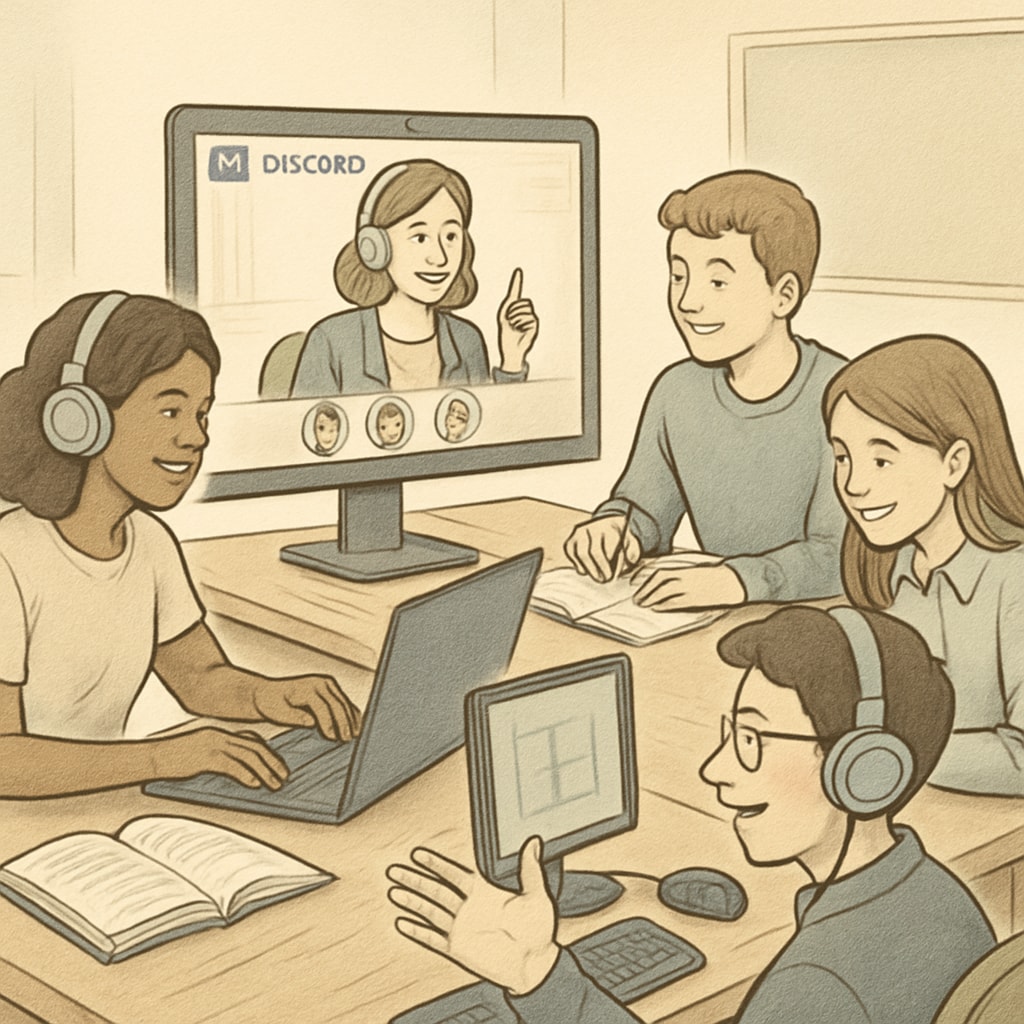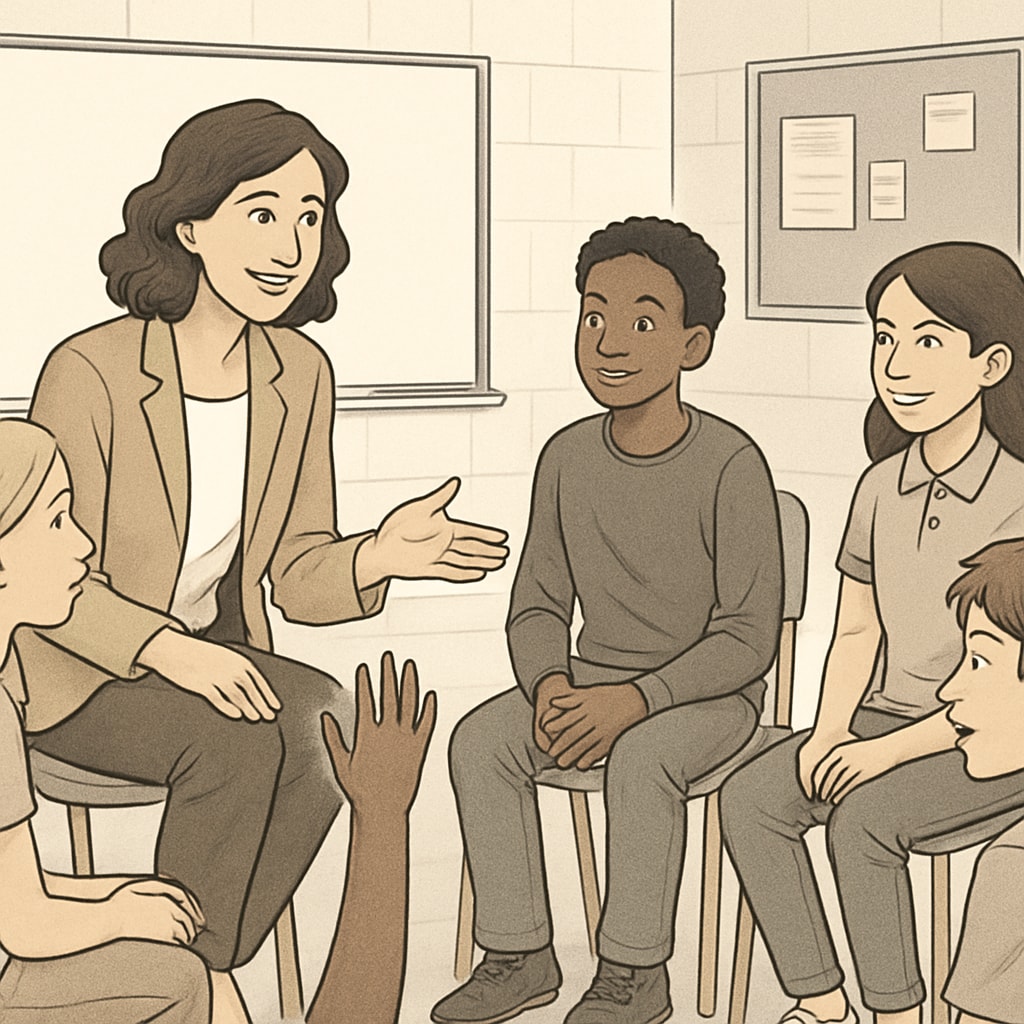Learning communities have increasingly become a cornerstone of modern education, bridging the gap between individual achievement and collaborative growth. At the University of Houston, innovative strategies have been employed to create dynamic learning groups that enhance student engagement and outcomes. By leveraging platforms such as Discord, educators can take these lessons and apply them effectively to K12 education, cultivating thriving collaborative environments for younger students.
What Makes the University of Houston’s Learning Communities Stand Out?
The University of Houston has earned recognition for its robust learning communities, which foster collaboration, peer mentoring, and academic success. These communities are designed to bring students together based on shared interests, academic goals, or challenges, creating a space for mutual support and growth. The model emphasizes inclusivity, accessibility, and adaptability, making it particularly suitable for diverse educational environments.
One of the key features of their approach is the integration of digital tools. Platforms like Discord allow students to connect seamlessly, share resources, and engage in real-time discussions. This digital-first strategy ensures that learning communities are not limited by physical proximity, enabling students to collaborate regardless of their location.

Adapting University-Level Practices to K12 Education
While the University of Houston’s approach is tailored to higher education, its principles can be adapted to K12 learning environments. Younger students benefit immensely from structured collaboration, as it nurtures critical thinking, communication skills, and teamwork. Educators can use these strategies to create age-appropriate learning communities that inspire curiosity and academic excellence.
Here are some practical ways to adapt these practices to K12 education:
- Create thematic groups: Organize students into learning communities based on subjects, interests, or projects.
- Leverage digital platforms: Use tools such as Discord to facilitate communication and resource sharing.
- Encourage peer mentorship: Pair older students with younger ones to foster leadership and collaborative learning.
- Track progress collaboratively: Use shared calendars or project management tools to monitor group achievements.

Discord: A Game-Changer for Collaborative Learning
Discord has emerged as a powerful platform for fostering collaboration in educational settings. Originally designed for gamers, it now offers features that make it highly suitable for learning communities. Its flexibility, ease of use, and real-time communication capabilities make it an ideal tool for K12 educators seeking to build dynamic learning environments.
Key features of Discord that benefit K12 learning communities include:
- Text and voice channels: Organize discussions into dedicated channels for specific topics or projects.
- File sharing: Easily share study materials, assignments, and multimedia resources.
- Custom roles and permissions: Assign leadership roles within the community to encourage accountability.
- Integration with other tools: Connect Discord with productivity apps like Google Drive or Trello for seamless workflow.
By incorporating Discord, K12 educators can replicate the collaborative, tech-savvy environment that the University of Houston has successfully established, ensuring that students are fully engaged in their learning journey.
Unlocking the Potential of K12 Learning Communities
Building effective learning communities in K12 education requires intentional design and strategic implementation. Borrowing inspiration from the University of Houston, educators can embrace digital platforms and innovative practices to transform the educational experience for their students. The result is a collaborative environment that not only enhances academic achievement but also equips students with essential life skills.
As technology continues to reshape education, tools like Discord will play an increasingly vital role in facilitating meaningful connections and collaborative learning. By leveraging these resources, educators can ensure that their students are prepared for the challenges and opportunities of the future.
Conclusion: Learning communities, when designed effectively, have the power to revolutionize K12 education. Inspired by the University of Houston’s model and supported by platforms like Discord, educators can create environments that are inclusive, engaging, and impactful.


